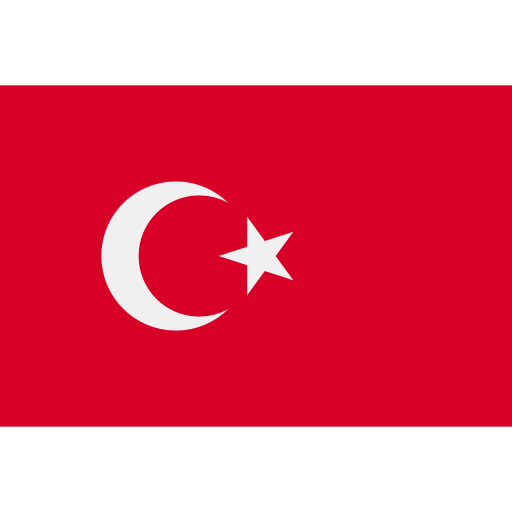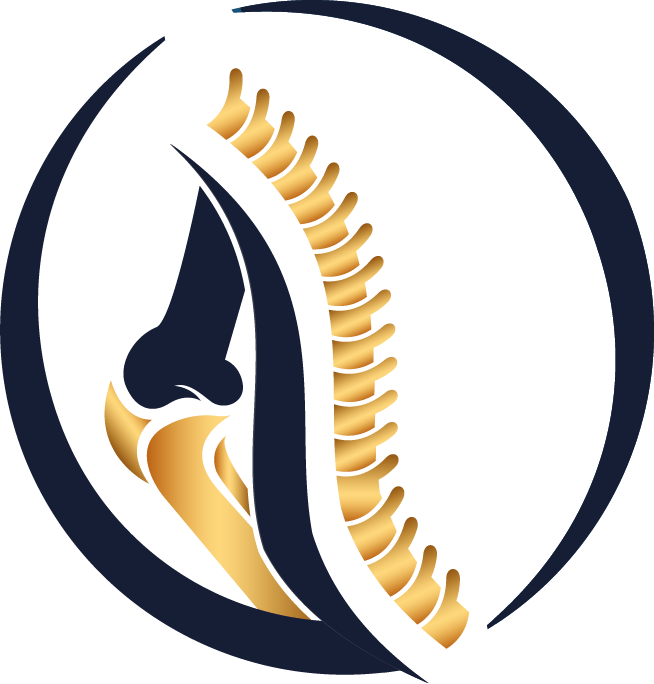What is Heel Spur?
Heel spurs usually manifest themselves with heel pain that starts when you get out of bed in the morning or when you get up from sitting. Depending on the severity of the pain, the patient may have difficulty in stepping on his foot.
Heel spurs are inflammation that occurs as a result of tearing/rupturing the fibers called plantar fascia, which connects the short muscles of the sole of our feet to the heel bone (calcaneus), due to reasons such as the use of wrong shoes, jobs that require standing for a long time, weight gain and sudden load on the sole.
In this part, hard tissue resembling calcification accumulates over time and a prickling-like pain is felt, which is felt especially during the first step in the morning, which decreases a little later as you walk.
What Causes Heel Spurs?
Heel spurs can occur as a result of conditions such as injury, overload or strain in the muscle and connective tissue for a long time. Overexertion causes compression of the heel bone (calcaneus) and the formation of heel spurs. Heel spurs usually develop over time. It does not appear suddenly after exercise or sports. Heel spurs can often give early symptoms such as heel pain.
Heel spurs can be caused by walking on hard surfaces, wearing unsupported shoes, running or jumping. In addition, heel spurs can sometimes be seen in rheumatic diseases.
Risk Factors for Heel Spurs:
- Long-term use of high heels
- Gain in weight
- Posture disorder
- Wrong choice of tight shoes
- Rheumatismal disease
- Standing too long during the day
- Excessive exercise
How to Treat Heel Spurs?
The aim of the treatment of heel spurs is to reduce the pressure on the foot, to control pain and inflammation, to promote tissue healing and to increase the flexibility of soft tissues.
Treatments for heel spurs may include:
Rest: Plenty of rest can help reduce the pressure on the foot and reduce the inflammation and associated pain and swelling in the affected area.
Cold application: Ice application can help reduce pain and swelling by suppressing inflammation.
Using Insoles
Night splints and plasters
Stretching exercises: The most important part of the treatment
Wearing shock absorbing sneakers. It can help relieve pressure on the soft tissues of the foot and reduce pain.
Anti-inflammatory drugs: Helps reduce swelling by suppressing the inflammatory process.
Extracorporeal shock wave therapy (ESWT): Healing of damage to the plantar fascia is promoted using high-energy sound waves.
Prolotherapy: The healing process is stimulated by injecting an irritating agent such as dextrose into the damaged soft tissue.
PRP: A natural substance obtained from the person's own blood is injected into the heel area. This application accelerates tissue healing.
Steroid injections: They reduce swelling and pain in the affected area. They are stronger drugs used when anti-inflammatory drugs are not enough.
Surgery: In rare cases, surgery may be needed to remove the heel spur. In most cases, other treatments are sufficient and surgery is not required.
If the heel spur has developed due to an inflammatory type of arthritis, the symptoms may regress with the treatment of the underlying condition.
 Türkçe
Türkçe
 Arabic
Arabic
